Beyond Backups: Building an Enterprise-Grade BCDR Plan for Network Survival

In today’s interconnected world, enterprises rely heavily on their networks to operate efficiently. A network outage, whether caused by a natural disaster, cyberattack, or human error, can have significant financial and reputational consequences. To mitigate these risks, businesses must implement robust business continuity and disaster recovery (BCDR) plans.
Understanding BCDR
Business Continuity (BC) focuses on keeping critical business processes running during and after a disaster. Disaster Recovery (DR) is a subset of BC, specifically addressing the restoration of IT systems and data.
Key Components of a Robust BCDR Plan for Enterprise Networks
1. Risk Assessment:
-
- Identify potential threats: natural disasters, cyberattacks, human error, and equipment failures.
- Assess the impact of each threat on critical business processes.
- Prioritize critical systems and data.
2. Business Impact Analysis (BIA):
-
-
- Determine the maximum tolerable downtime (MTD) for each critical process.
- Calculate the potential financial loss due to downtime.
- Identify recovery time objectives (RTOs) and recovery point objectives (RPOs).
-
3. BCDR Strategy Development:
-
-
-
-
- Define the BCDR strategy, including the scope, roles, and responsibilities.
- Develop a comprehensive BCDR plan, including detailed procedures for various scenarios.
- Establish clear communication channels and escalation procedures.
-
-
-
4. Network Infrastructure Redundancy:
-
-
-
-
- Implement redundant network components, such as routers, switches, and firewalls.
- Use load balancing to distribute traffic across multiple devices.
- Employ diverse routing protocols to provide multiple paths for data transmission.
-
-
-
5. Data Backup and Recovery:
-
-
-
-
-
- Regularly back up critical data to multiple locations, including off-site storage.
- Test backup and recovery procedures regularly to ensure their effectiveness.
- Implement data deduplication and compression to optimize storage and backup times.
-
-
-
-
6. Disaster Recovery Site:
-
-
-
-
-
-
- Establish a secondary site to recover critical IT operations in case of a disaster.
- Consider options like a hot site, warm site, or cold site.
- Regularly test the DR site to ensure its readiness.
-
-
-
-
-
7. Network Security;
-
-
-
-
-
-
-
- Implement robust security measures to protect against cyberattacks.
- Use firewalls, intrusion detection systems, and intrusion prevention systems.
- Regularly update security software and firmware.
- Conduct regular security audits and penetration testing.
-
-
-
-
-
-
8. Incident Response Plan:
-
-
-
-
-
-
-
-
- Develop a detailed incident response plan to address security breaches and other network issues.
- Establish a dedicated incident response team.
- Regularly train the team on incident response procedures.
-
-
-
-
-
-
-
9. Testing and Training:
-
-
-
-
-
-
-
-
-
- Conduct regular tests of the BCDR plan to identify weaknesses and refine procedures.
- Train employees on their roles and responsibilities in the BCDR plan.
- Conduct tabletop exercises to simulate real-world disaster scenarios.
-
-
-
-
-
-
-
-
Best Practices for Enterprise Network BCDR
- Prioritize critical systems: Focus on systems that are essential to business operations.
- Document everything: Maintain detailed documentation of the BCDR plan, procedures, and contact information.
- Test regularly: Conduct regular tests to ensure the effectiveness of the BCDR plan.
- Stay updated: Keep up to date with the latest technologies and best practices.
- Collaborate with business units: Work closely with business units to understand their needs and priorities.
- Consider cloud-based solutions: Leverage cloud services for disaster recovery and business continuity.
- Monitor network performance: Use network monitoring tools to identify and address potential issues.
- Stay informed about threats: Be on top of emerging threats and vulnerabilities.
Conclusion
A robust BCDR plan is essential for protecting multi-location enterprise networks and minimizing the impact of disruptions. By following best practices and staying proactive, businesses can build resilient networks that can withstand even the most severe challenges.
- Vendor Management: Ensure that vendors have strong BCDR practices and can support your organization’s needs.
- Compliance and Regulations: Adhere to industry regulations and compliance standards related to data protection and security.
- Supply Chain Resilience: Consider the impact of supply chain disruptions on network components and services.
- Human Factor: Train employees on their roles in the BCDR plan and emphasize the importance of their contributions.
- Emerging Technologies: Stay informed about emerging technologies like AI and automation, which can enhance BCDR capabilities.
By addressing these additional considerations, enterprises can further strengthen their BCDR posture and ensure business continuity in the face of adversity. AireSpring’s best-of-breed solutions are designed to help networks stay resilient from outages or service disruptions. This includes modernized connectivity with network redundancy and diversity as well as access to a global private network (GPN) focused on latency and optimal performance. AireSpring provides a range of fully managed SD-WAN, SD-Branch, SASE, and security solutions, including Broadcom VMware VeloCloud SD-WAN, Cato Networks’ SASE solution, and Fortinet’s Secure SD-WAN and Next Generation Firewall (NGFW) with Secure SD-Branch and SASE. Customers in remote or underserved areas can also look to Managed Starlink from AireSpring and Managed Wireless WAN.
All solutions from AireSpring include access to AIreCONTROL, AireSpring’s proprietary AI-powered IT service management (ITSM) platform that provides total visibility and control over every process, device, circuit, and data point, all under a single pane of glass. Additionally, customers receive end-to-end support from a dedicated team of experts, including a certified solutions engineer, a dedicated project manager, and an AIrePOD Tier 3 Managed Services Engineer.
















